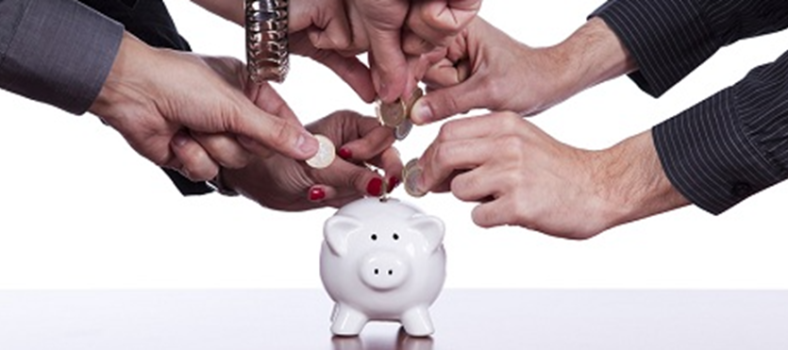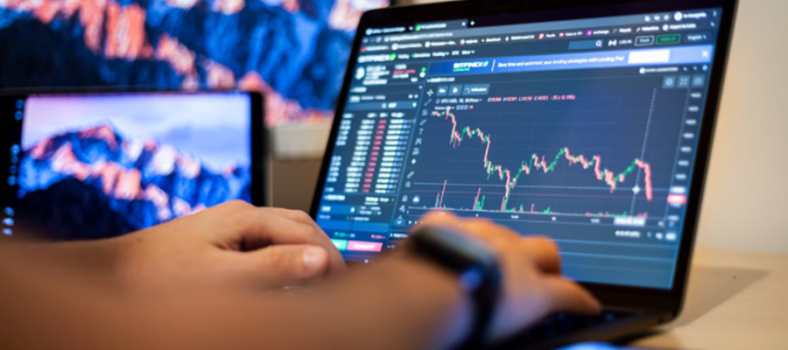Why It Pays to Start Trading with a Forex Demo Account
You’ve probably heard a thing or two about the world’s currency exchange markets. Popularly known as the “forex” markets, these currency-trading venues carry some USD$4 trillion in daily volume and allow millions of individual market participants to place bets on the movements of certain widely used currencies.
Since currency trading is quite easy to grasp, it’s a natural fit for investors who wish to pursue aggressive short-term returns without taking on undue amounts of risk. Of all the world’s currencies, seven heavily traded denominations account for more than 87 percent of the world’s forex transactions. These are the U.S., Canadian and Australian dollars as well as the pound, yen, euro and Swiss franc.
Although there are many ways to profit from these currencies’ natural fluctuations, all forex trading revolves around currency pairs. When you use Australian dollars to purchase U.S. dollars, you’re betting that the value of the U.S. dollar will rise relative to that of the AUD. If this occurs, you’ll be able to unwind your trade at a profit by using your U.S. dollars to purchase a greater number of Australian dollars than you had at the start. In other words, you’ll have realised a profit simply by changing your money into a foreign currency for a time.
It’s clear that forex offers an exciting opportunity for investors and traders who wish to expand their horizons beyond the narrow confines of stocks and bonds. However, the currency exchange markets are not free of risk. Like all securities, currencies have the potential to subject traders to gut-wrenching market movements. During volatile periods, traders who find themselves holding onto a declining currency could lose significant portions of the principal amounts that they’ve invested in relatively short spans of time. Depending upon the depth and duration of these movements, it can take months or even years to recover from these losses.
If you’re an aspiring forex trader, you must try out some trading techniques before jumping into the market. While it’s quite easy to grasp the basic concept of currency trading, it may take some time to master the often-complex relationships between frequently traded denominations. Most financial experts strongly encourage novice currency traders to open a forex demo account before making bets with their own funds.
Even investors who have experience with other types of securities may benefit from opening these “practice” accounts. The multifaceted nature of currency trading can throw even the most experienced stock and bond traders for a loop. Whereas a given stock rises or falls in value in accordance with the earnings and outlook of the underlying company, a given currency can have multiple “values” based on its relationships to other commonly traded currencies. Since currencies lack intrinsic value, their worth is judged according to the underlying fundamentals of their issuers as well as those of the “paired” currencies against which they trade.
For example, the euro has lately traded at a significant discount to other global currencies due to persistent uncertainty about the economic and political future of the European Union. With several of the currency union’s member countries teetering on the brink of insolvency, it should make sense that seasoned forex traders want little to do with the euro. As you delve deeper into the world of forex, you’ll learn that these macro-level relationships are often key determinants of currency fluctuations. A demo account can help you test your theories about these relationships and learn more about how they affect global currencies without risking any of your hard-earned pay.
Once you understand the relationships between the world’s commonly traded currencies, you may be able to predict their movements with remarkable accuracy. For instance, you might learn in time that the movements of the Australian dollar tend to mirror those of gold, copper and other sought-after metals. After all, the Australian economy’s reliance on mining activity ensures the country’s currency remains closely associated with these materials. When the price of gold rises during periods of global instability or inflation, the value of the Australian dollar tends to rise as well. If you use U.S. dollars to purchase Australian dollars at the beginning of a broad-based metals rally and hold onto them as they appreciate, you could benefit handsomely.
Of course, you could just as easily come to regret an ill-advised currency-trading maneuver. If you jump into the market before learning how a given currency tends to move, you could end up making a bad bet that takes months or years to unwind.
With your forex demo account, you’ll have tens of thousands of dollars of “virtual” money with which to test your strategies and theories in real time. You’ll be able to watch currencies trade against one another and participate in transactions that mirror the actual exchanges taking place on the world’s forex markets.
Along the way, you’ll almost certainly take some lumps. You may even be forced to re-evaluate your trading thesis or learn more about the macroeconomic relationships that affect commonly-traded currencies. However, your efforts are liable to pay off in a big way. By the time you’re ready to jump into the real forex markets, you’ll have the knowledge and confidence necessary to place informed bets and potentially earn real returns on your investment.






No Comment